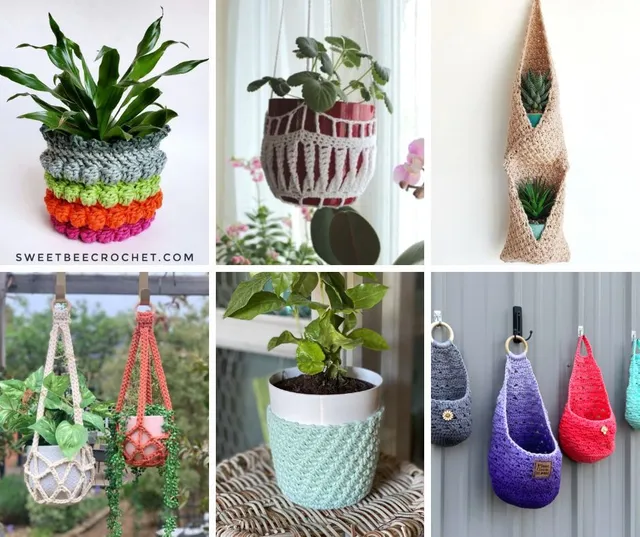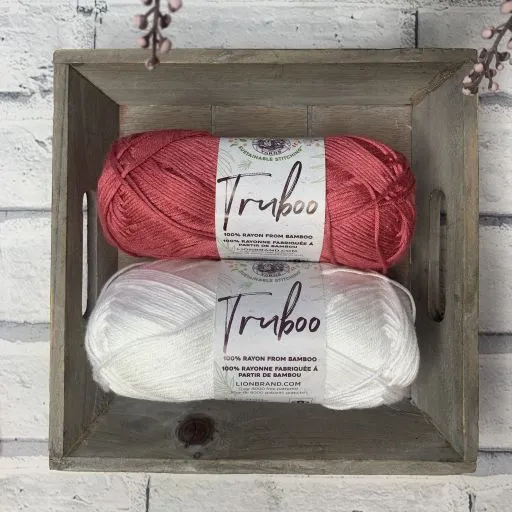Crochet Art Installation The Lace Trees
Learn about The Lace Trees, a crochet art installation displayed in Stockwood Discovery Centre, Luton, which celebrates Bedfordshire’s Lacemaking history, showing beautiful crochet art can be created from what is sometimes considered a simple craft.

Please note that some of the links in my blog are affiliate links. I may earn a small commission if you purchase via these links, but the price you pay is not affected
The Lace Trees | Crochet Art Installation
I was fortunate enough to invited to view The Crochet Trees art installation and meet with one of the organisers, Jacqui, NPO Coordinator, Museum Makers to find out more about this fabulous crochet art installation which I couldn’t wait to share with you.
Commissioning of the Crochet Art Installation
The Designers of The Lace Trees
Jin Choi and Thomas Shine are the architects behind the internationally celebrated CHIO+SHINE ARCHITECHS who were commissioned to create this breath-taking structure.
The Lace Trees are a crochet art sculpture that was commissioned by The Culture Trust Luton, funded by the Arts Council England and supported by the Museum Makers.

The inspiration behind Lace Trees
CHOI+SHINE wanted to celebrate Luton’s industrial history and the people of Luton by the beauty seen in the canopies of the treelined avenue seen in Stockwood Park, mimicking the shadow patterns created by overlapping leaves.
The Lace Trees are a showcase of Luton’s industrial heritage and diverse culture by taking the historic craft of Bedfordshire lacemaking that the town and county is known for, and combining it with a community volunteer project which symbolically weaves not only the past and future of the town, but also the different people and cultures of Luton and the surrounding towns.
Capturing the History of Bedfordshire Lace
Luton is most famed for its millinery and straw hat making history which dates back to the 18th century. At the beginning of the 1800’s, the Napoleonic Wars blocked imports of straw plait and hats from the continent leading to a sharp incline of straw plait making in Luton and throughout England.
Between the mid 19th and mid 20th centuries, the hatting industry dominated Luton town so much that hat-making became synonymous with Luton. The factories were producing as many as 70 million hats a year in 1930 – an almost inconceivable amount!
But, hat making is not the only craft Luton is known for; it also was known for production of Bedfordshire Lace, for supporting the 1st revival of the lacemaking industry in the 1800’s and most recently for the protection of the Bedfordshire Lace’s heritage.
Bedfordshire lace is a style of bobbin lace, which is worked as a continuous width on a bolster pillow. The forms of lace created are inspired by nature and organic, representing flowers, plants and other forms in the natural world.
Alongside The Lace Tree installation at the Stockwood Discovery Centre, there is also an exhibition in the sister museum, Wardown House, Museum and Gallery covering the history of Lace in Fashion.
The history of Lace in Fashion collection is shown in chronological order and includes the exact lace that inspired the crochet designs seen on The Tall Tree in The Lace Tree installation.
From Inspiration to Finished Artwork
The designers visited Luton back in 2018 and were inspired by the lacework seen in Wardown House to create The Lace Tree’s. The commission was granted a short time later.
In early 2020, requests were sent out to various community groups to be involved in the making of the crochet element of the design.
Over 100 volunteers helped to make the crochet lace which would be draped and secured of the tree structure.
Sadly, the project’s completion was delayed due to the pandemic and supply issues caused by the ship being stuck in the Panama Canal.
2 Trees, 2 Meanings
There are 2 trees in the crochet art installation:
- The Tall Tree
- The Wish Tree
The Tall Tree is inspired by 4 different Bedfordshire Lace patterns and captures all the historical detail to showcase the lace industry at it’s best.
The Wish Tree captures the heart of the project along with the dreams of the community for a brighter future:
- “A wishing tree is essentially an individual tree which has been chosen specifically, and is used for offerings and wishes. These trees are identified as having a special traditional, spiritual, or cultural significance. Generally, people will come to these trees and make offerings (in the form or notes, flower, coins, and more) to have a wish granted, or a prayer heard” – Wikipedia
It’s hoped that the visitors will be able to place their own wishes on the tree to cover it in the communities hopes for the future.

Materials Used to Create the Lace
The tree’s lace is made from a hardwearing nylon cord that is weather resistant, but is also hard to crochet with.
Museum Makers volunteers were sent all the materials they needed to make their allocated sections of the trees. Some of the volunteers had never even crocheted before, and this would be their first project – can you even imagine!
If you’ve every worked with rope or jute cord, I know you will appreciate the strength needed to crochet with this nylon cord.
The Lace Tree Structure
The trees are constructed from wood to create the trunk and branches before being covered in the handmade crochet lace. The Tall Tree has 7 patterns and the Wish Tree has 20 panels of lace which were all made by hand by the Museum Makers volunteers and sewn together by more volunteers on site at the Mossman Collection inside the Stockwood Discovery Centre.
Once the crochet element was complete, volunteers also helped with the construction of the wooded trees before the crochet lace was draped and manipulated over the structures.

The images below are taken after the installation by someone who is very good with heights, atop a cherry picker and really capture the recreation of the shadows leaves make on the ground in lace.
Crocheting to Create a Community
The finishing stages of The Lace Trees was delayed by the pandemic, but as they were all loving the experience of creating art and crafting together, they created another project for Wardown House – the crocheted over 400 Christmas decorations which were used to decorate the 4 Christmas Trees on display throughout the museum.
Working together on both these projects, the Museum Makers created lifelong friends during the course of making the crochet lace panels and crocheting Christmas decorations. They meet via Zoom meet ups and in person too once restrictions were lifted.
For me, this is what crocheting is all about; crafting and creating friendships that are built on a foundation of a shared appreciation of this beautiful craft.
Go & Visit
The Lace Tree installation is available to view at Stockwood Discovery Centre from 15th April -11th September 2022 (Wednesday to Sunday, 11am-5pm)
Click here for all the details.
A huge thank you to the wonderful Jacqui for taking time out of her day to take me through all the details of this amazing installation and allowing me to share some of her images that capture the wonder of this crochet art installation.






